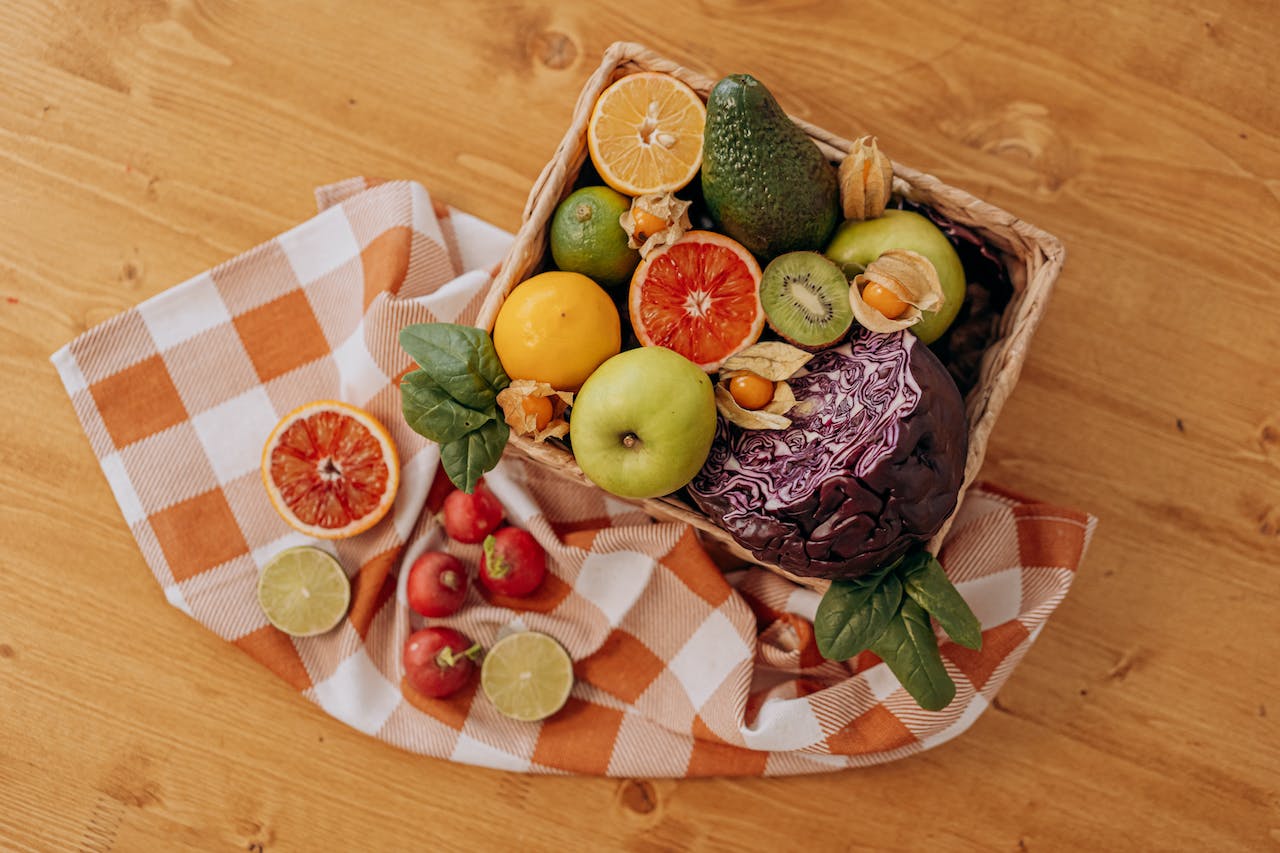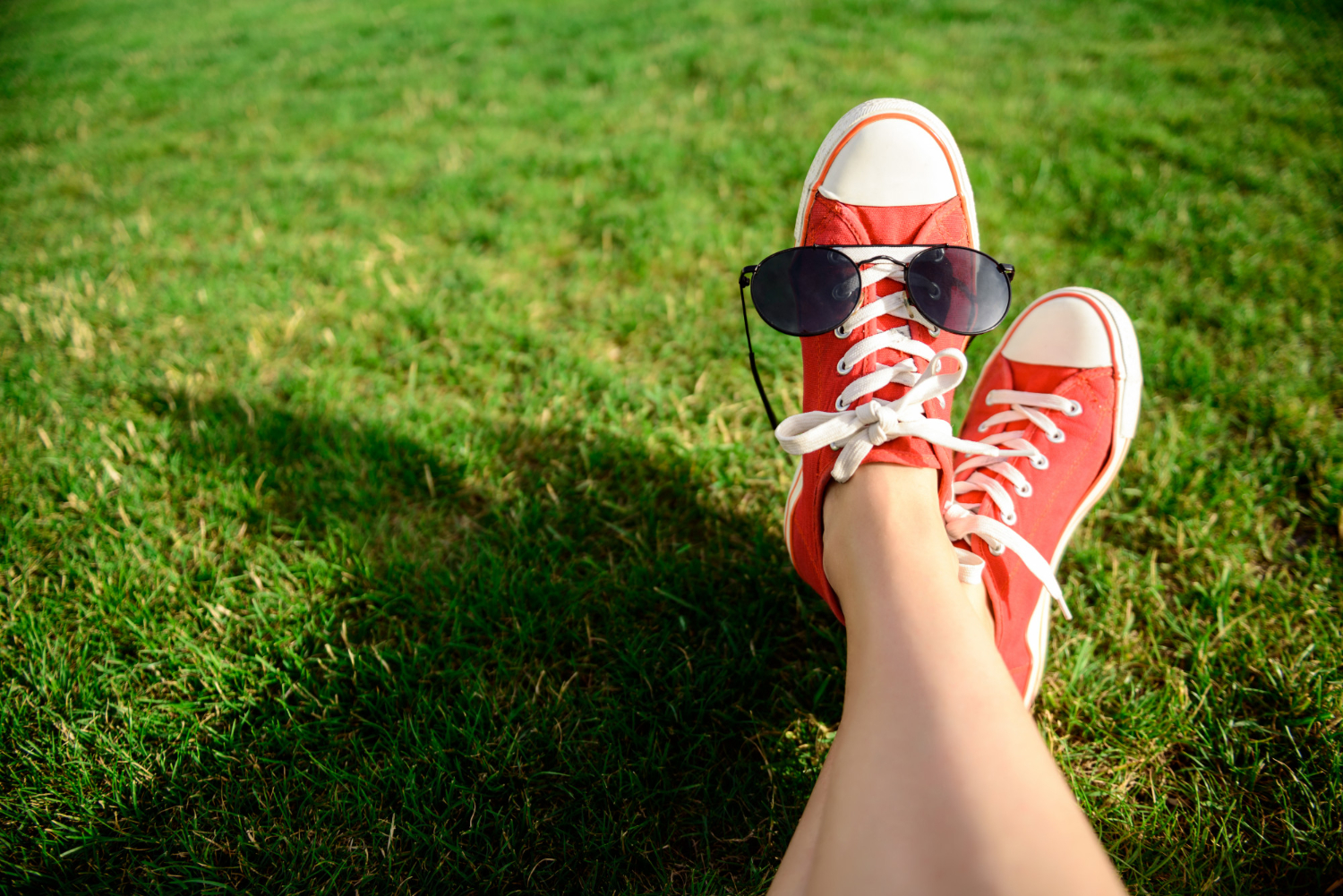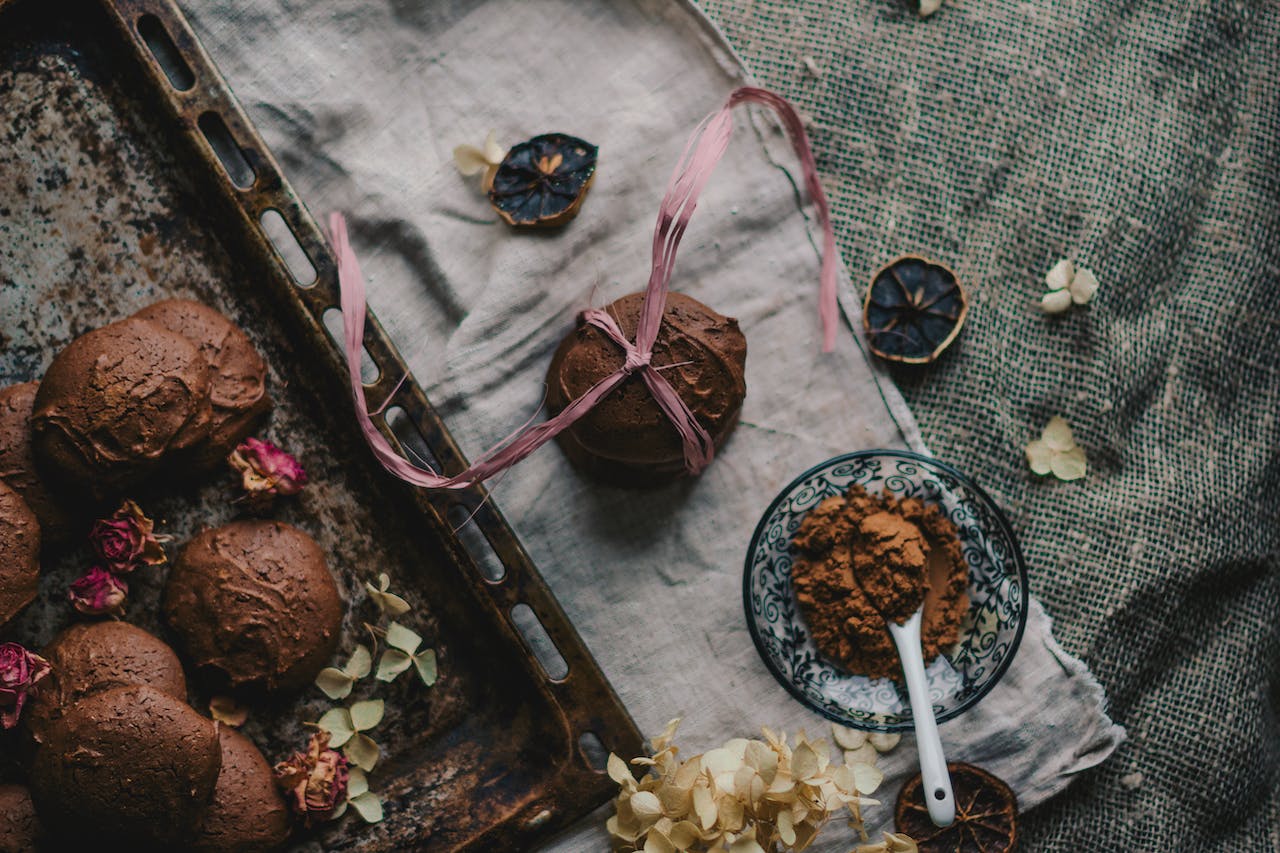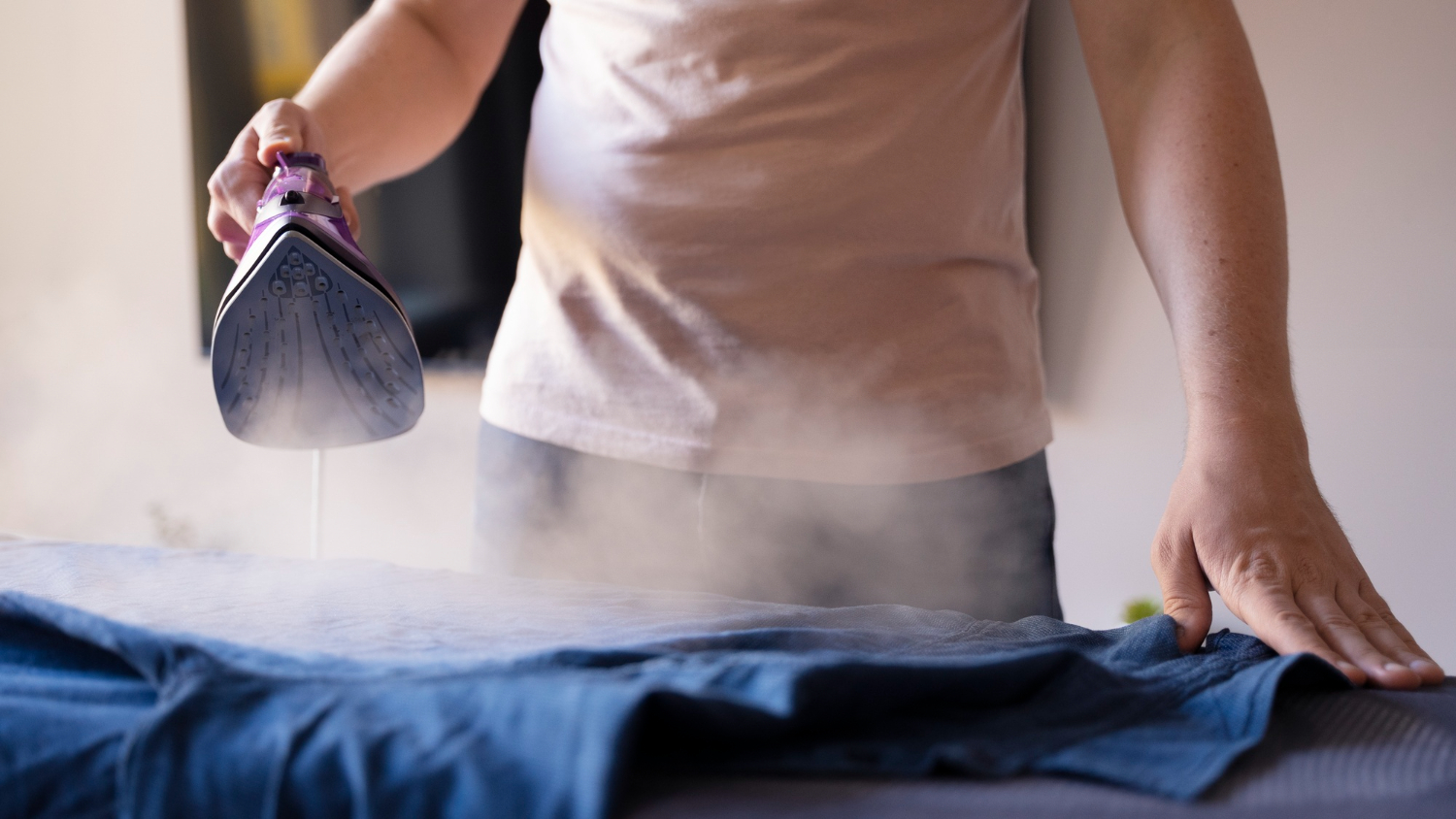Introduction
How to get food coloring out of clothes? Food coloring stains can be a real headache, but fret not! In this comprehensive guide, we will walk you through the art of removing these colorful culprits from your favorite clothes. Whether you’re an amateur chef, a parent dealing with arts and crafts, or just unlucky with your coffee, we’ve got you covered.
Understanding Food Coloring Stains
Food coloring, those vibrant drops of creativity, can be problematic when they land on your clothes. They’re water-based and often packed with intense pigments. These pigments can seep into the fabric, making the stain tough to budge. To effectively remove these stains, you’ll need to understand what you’re dealing with.
Immediate Action
A food coloring stain might be removed successfully or not depending on how quickly you act. The stain can be avoided by taking immediate action. The following is a more thorough explanation of what to do in those important first seconds:
- Assess the Severity of the Stain: Consider a moment to determine the stain’s size. Is it a little ripple or has it become widespread? Your strategy can be influenced by knowing the extent and size of the stain.
- Gather Your Materials: Prepare the tools you’ll need by gathering a clean cloth or paper towel, liquid detergent, white vinegar, baking soda, lemon juice, and hydrogen peroxide before starting the stain removal procedure. Having these things on hand can help you save time and ensure a more efficient stain-removal process.
- Read the Care Labels: Different fabrics have different care requirements. Before you start the stain removal process, check the care label on your clothing. This label provides essential information on how to treat the fabric without causing damage. Follow the recommended guidelines for the best results.
- Blot, Don’t Rub: When dealing with a food coloring stain, avoid rubbing the stain. Instead, use a clean cloth or paper towel to blot the stain gently. Blotting helps to absorb excess food coloring without spreading it further into the fabric.
- Rinse with Cold Water: After blotting, rinse the stained area under cold running water. This step is essential to flush out as much of the dye as possible. Rinse the fabric from the backside, allowing the water to force the stain out rather than driving it deeper into the fabric.
- Do Not Use Hot Water: One crucial thing to remember is to avoid using hot water during the initial rinse. Hot water can set the stain, making it much more challenging to remove. Stick to cold water to minimize the risk of further setting the dye.
Preparing the Stained Area
To set the stage for effective stain removal, follow these steps:
- Assess the Stain: Take a moment to assess the extent of the stain. Is it a minor splash, or has it spread widely?
- Gather Materials: Liquid detergent, white vinegar, baking soda, lemon juice, and hydrogen peroxide are some of the typical home goods you’ll need.
- Read Care Labels: To make sure you follow the correct procedure, check the care label on your clothing. Different treatments are needed for various fabrics.
Stain Removal Methods
Now, let’s delve deeper into various methods for effectively tackling food coloring stains:
Method 1 – Baking Soda and Vinegar
The combination of baking soda and vinegar is a classic, natural stain-fighting duo that can work wonders on food coloring stains. Here’s how to use them effectively:
- Create a Paste: Begin by mixing baking soda and water to create a thick, consistent paste. This paste acts as a gentle abrasive that helps lift the dye.
- Application: Apply the paste directly onto the stained area, ensuring you cover the entire affected zone. Gently rub the paste into the fabric, allowing it to penetrate the fibers.
- Allow It to Sit: For optimal results, let the paste sit on the stain for at least 15-30 minutes. This gives the baking soda time to interact with the dye and break it down.
- Scrub and Rinse: Use a gentle brush or towel to scrub the soiled area after the waiting period. The dye granules will be loosened as a result. Thoroughly rinse the fabric in cold, running water. Repeat the procedure until the stain is removed if it still exists.
Method 2 – Lemon Juice
Lemon juice is a natural acid that can effectively bleach and lift food coloring stains. Here’s how to use it:
- Saturate the Stain: Begin by saturating the stained area with fresh lemon juice. Ensure that the juice covers the entire stain.
- Waiting Period: Allow the lemon juice to sit on the stain for approximately 15-30 minutes. During this time, the acid in the lemon juice will work on breaking down the color particles.
- Rinse Thoroughly: After the waiting period, rinse the fabric under cold running water, ensuring that both the lemon juice and loosened dye are washed away. You may need to repeat this process if the stain persists.
Method 3 – Commercial Stain Removers
Commercial stain removers are designed to tackle a wide range of stains, including stubborn food coloring. Here are the steps to use them effectively:
- Read Instructions: Before starting, carefully read the instructions on the commercial stain remover’s label. Different products may have specific guidelines for usage.
- Application: Apply the stain remover directly to the stained area as directed on the label. It’s crucial to follow the manufacturer’s recommendations for the best results.
- Waiting Period: Most commercial stain removers require a short waiting period to allow the product to penetrate and break down the stain. Follow the recommended duration on the label.
- Rinse and Wash: After the waiting period, rinse the fabric thoroughly under cold water to remove both the stain remover and the loosened dye particles. Wash the clothing as usual.
Method 4 – Hydrogen Peroxide
Food coloring stains can be effectively removed with hydrogen peroxide, which is a strong stain remover. Here’s how to utilize it responsibly:
- Test on a Hidden Area: To make sure hydrogen peroxide won’t bleach or harm the fabric, try it on a hidden area before using it directly on the stain. This action is essential to prevent additional harm.
- Application: Apply a small amount of hydrogen peroxide directly to the discolored area if the test is successful. Be sure to completely cover the discoloration.
- Waiting Period: Allow the hydrogen peroxide to sit on the stain for a short period, typically around 5-10 minutes. During this time, the peroxide will work to break down the dye.
- Rinse Thoroughly: After the waiting period, rinse the fabric thoroughly under cold water, ensuring that both the peroxide and loosened dye are washed away. Repeat the process if necessary.
Additional Tips
Here are a few more tips to enhance your stain-fighting arsenal:
- For stubborn stains, you can try a mixture of dishwashing soap and ammonia.
- Always blot or dab the stain; never rub.
- Avoid using hot water, as it can set the stain further.
Preventing Future Stains
As the saying goes, prevention is better than a cure. Here’s how to get food coloring out of clothes:
- Wear an apron or old clothing when working with food coloring.
- Be extra cautious when handling colored foods or drinks.
- Cover your clothing and surfaces when dealing with food dyes.
How to Get Food Coloring out of Different Fabrics
Different fabrics react differently to stain removal methods. Let’s explore how to treat various fabric types:
- Cotton and Polyester: These fabrics are generally more forgiving and easier to clean. You can use a wider range of stain removal methods.
- Silk and Wool: Delicate fabrics like silk and wool require more gentle care. Use milder stain removal methods and avoid harsh chemicals.
Dealing with Set-In Stains
Set-in stains can be a real challenge. If the stain has already dried or set, it may take more effort to remove it. Here’s what you can do:
- Reapply the stain removal method of your choice and be patient. Sometimes, it can take several attempts.
The Importance of Testing
How to get food coloring out of clothes. Testing is your safety net when it comes to stain removal. Always test any stain removal method on a hidden part of the fabric to ensure it won’t cause any damage.
Common Mistakes to Avoid
Here are some common pitfalls to steer clear of:
- Using hot water: Hot water can set the stain further, so always use cold water for rinsing.
- Overloading on detergent: Using too much detergent can lead to residue buildup and might not help in stain removal.
- Skipping the initial blotting step: It’s tempting to dive straight into stain removal, but blotting the excess dye first is essential to prevent further spreading.
How To Get Food Coloring Out Of Clothes
When to Seek Professional Help
If you’ve tried multiple methods and the stain still persists, it’s time to consider professional help:
- Consult a dry cleaner or stain removal specialist. They have the expertise and specialized products to tackle tough stains.
Conclusion
How to get food coloring out of clothes. With the right approach, you can successfully bid adieu to food coloring stains on your clothing. Acting quickly, using the correct materials, and following these guidelines can help you preserve your beloved garments in their pristine condition.
Frequently Asked Questions
Q: Can I use bleach to remove food coloring stains?
A: While bleach can be useful, it should always be tested first and used sparingly because it might harm fibers.
Q: Is it possible to remove an old food coloring stain?
A: The answer is yes, but it can take more time and work. The secret is to be patient.
Q: Are there specific methods for removing food coloring from white clothing?
A: The same fundamental techniques apply for cleaning white clothing, but you should take particular care to prevent any fading.
Q: Can I use alcohol to remove food coloring stains?
A: Rubbing alcohol can sometimes work, but it may also damage the fabric, so test it first.
Q: What should I do if the stain remains after multiple attempts?
A: If the stain persists, consider seeking professional help from a dry cleaner or stain removal specialist.
Read Additional Content: How to Get Lip Gloss Out of Clothes



